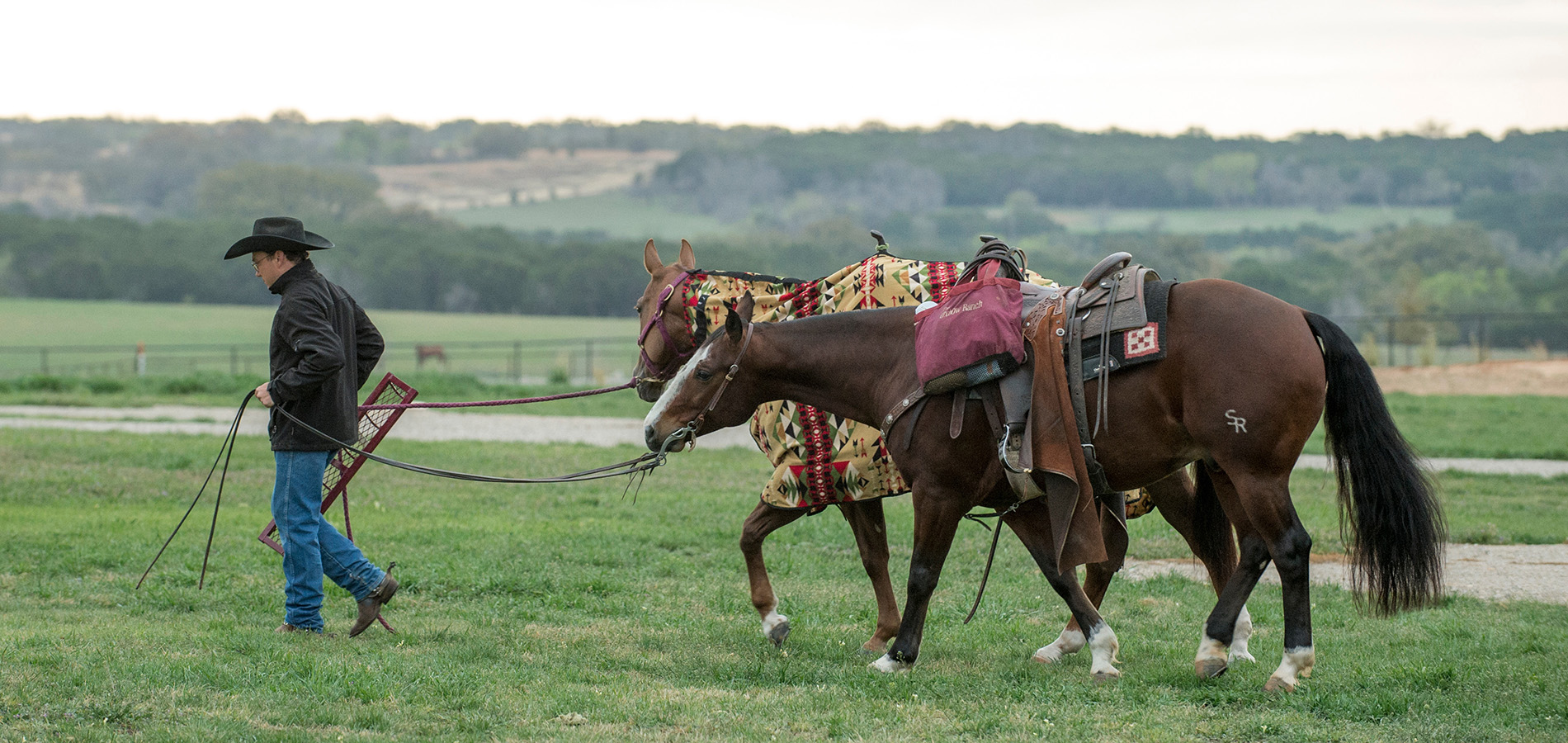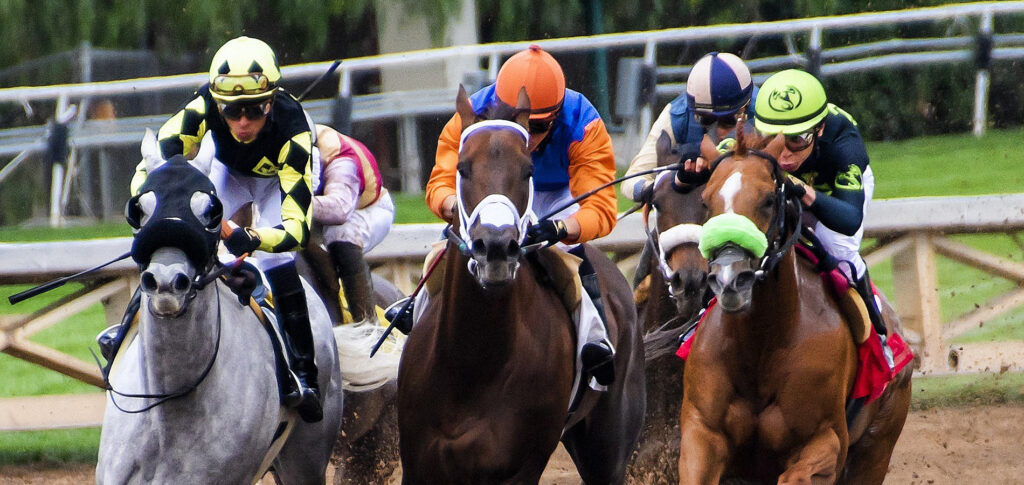Horse Barn Manager Overview

Implementing New Biosecurity Plans: Do the best you can
You are not alone in creating a biosecurity plan for your farm. In addition to your veterinarian, there are disease experts who can help you assess specific disease risks on your farm and at different times of the year. Following a horse around the farm and noting any areas or protocols that need to be addressed is one suggestion to help you get started assessing biosecurity risks.
The complexity of implementing a new biosecurity plan can be overwhelming. Good biosecurity is rewarded by the absence of disease which may not feel valuable to everyone. Create a reward system for workers and owners who follow the protocols diligently. Every step toward your biosecurity goals, though, is progress and will help protect the health of the horses on your farm. These small victories add up over time and will help you have the most biosecure farm possible. Make a point of writing down your biosecurity and infection control policies as you develop them.
New habits take over two months to form, so keep enforcing your new barn rules until it is second nature for everyone. Horse owners and farm employees may need to be reminded of the rules, but eventually everyone will get on board with biosecurity!
Resources
- USDA Biosecurity Assessment of U.S. Equine Operations (PDF)
- Lally P, Van Jaarsveld CHM, Potts HWW, Wardle J. How habits are formed: modelling habit formation in the real world. Eur J Soc Psychol. 2010; 40: 999-1009. doi:10.1002/ejsp.674


Education and Announcements
Research endemic diseases and risks in your area to understand the most important areas on which to focus. Additionally, stay up to date on risks and outbreaks in your area.
Websites to follow are
- Equine Disease Communication Center (EDCC)
- Animal and Plant Health Inspection Service (APHIS)
- American Association of Equine Practitioners (AAEP)
Post instructions around the barn to remind horse owners and staff as you implement biosecurity protocols and guidelines. Be sure to check in with those people to ensure everyone understands the protocols. Send an email to the farm community or make a large poster to draw people’s attention when you create new measures.
Post pictures of clinical signs of infectious diseases around the barn so owners and barn staff know what to look for. Also post healthy and abnormal vital signs values. Another strategy for promoting biosecurity is to encourage horse owners to take charge of their horses.
If horse owners or barn staff are ignoring biosecurity risks or instructions, remind them of the importance of biosecurity. Hosting farm meetings or discussions on various biosecurity issues is one way to increase engagement with the topic. These could cover equine infectious diseases, zoonotic diseases, biosecurity protocols at the farm, or many other topics. Demonstrations can make it even more interesting for the attendees. Make it clear (for example, by explaining or showing the consequences of poor compliance) that biosecurity is a priority at the farm for everyone’s safety and benefit.
Education Key Points
- Stay up to date with endemic diseases and emerging outbreaks in your area.
- Put posters around the farm of various biosecurity protocols.
- Put pictures or posters of normal vital signs and clinical signs of diseases.
- Engage horse owners and farm staff with talks or activities, so they will value biosecurity, too.
